By Brandt Heatherington
With the conflict in Iraq, combat photography is once again prevalent in the media, and it would be impossible to miss images of U.S. soldiers toting the omnipresent M4 weapons system. Based on the venerated M-16 assault rifle, this “system” provides the infantryman with a versatile set of interchangeable assets, which augment his weapon’s mission—eliminating the enemy from the battlefield. This system is state-of-the-art, but its origin dates back nearly 60 years to the early days of World War II Germany.
The MP-43/44: The First Assault Rifle
The granddaddy of the M-16, in fact the progenitor of all the world’s assault rifles, is the German MP-44 Sturmgewehr (assault rifle). Its development stemmed from an unusual episode in the history of German armaments production. After the trench warfare of World War I, it was apparent that a new era of infantry combat was dawning. The German solider had been armed with some variant of the bolt-action Mauser rifle since the 1870s, and by the early 1930s, as Germany secretly rearmed in defiance of the Versailles Treaty, all weapons were subjected to scrutiny, especially infantry small arms.
While it was determined that the bolt-action Mauser, with its extended two-mile range and limited five-round magazine, was no longer valid on the modern battlefield, what to replace it with was a vexing question. Close combat, rapid fire, and overwhelming force were evolving as the paradigm, but submachine guns of the period, which fulfilled these requirements for the most part, were still expensive and relatively slow to produce. It appeared that a hybrid of some sort, which combined the rifle’s accuracy with the submachine gun’s high ammunition capacity and rapid rate of fire, would be an effective companion for the modern infantryman.
This would seemingly have necessitated the development of a new cartridge, but retooling of the highly standardized German munitions industry was not a desirable option, so development of this new weapon faced several hurdles. However, as has been proven over the centuries, if any group was up to a daunting task in weapons design, it was German ordnance experts.
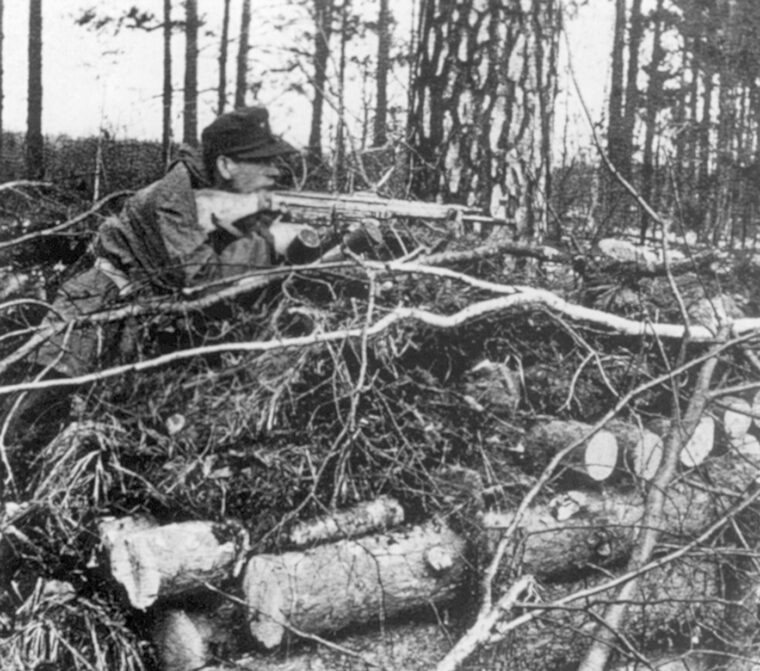
Designing a New Cartridge
The studies that created this imperative for a new rifle showed that most contemporary infantry combat was taking place within a 300- to 400-yard range. This called for a reduced-size cartridge that delivered power and accuracy within a shorter field of fire. This theory was subsequently proven during the Spanish Civil War, as battle reports showed that critical points in many firefights demanded superior and overwhelming firepower to carry the assault. A smaller cartridge also had the added benefit that the infantryman could carry more ammunition than had previously been possible.
Specifications for the weapon that would utilize this new cartridge were developed and published in 1941 by the HwaA (Heereswaffenamt, or Army Weapons Office), and two established arms manufacturers emerged at the head of the competition, Walther and Haenel. The Haenel design was deemed the most meritorious, perhaps because the Haenel-Schmeisser team had been experimenting with reduced-load cartridges for some time, which clearly gave them the upper hand in understanding how the weapon firing such cartridges should work. The Haenel system was also the simpler of the two, better lending itself toward standardization and speed of manufacture.
The cartridge that was ultimately developed as the standard for this new breed of rifle was the 7.92mm Kurz Patrone, or “short cartridge.” It managed to maintain the same caliber as the ubiquitous 8mm Mauser cartridge, thus happily avoiding any major manufacturing retrofit, and accomplished the goal of reducing the range by shortening the case from 57mm to 33mm. This still left enough powder load and a large enough caliber round to be hard-hitting and lethal.
From Mbk42 to MP-43: The Evolution of the Sturmgewehr
The first model developed by Haenel and designed largely by Hugo Schmeisser premiered in 1942 and was designated the Mkb42 Karabiner (or carbine). It was apparent from this rough draft that a new type of weapon had entered the domain of infantry combat, as it shattered all previous conceptions of small arms design. The gas piston system was revolutionary in its configuration for automatic small arms; however, a similar system existed in the United States M1 Garand semiautomatic rifle.
Most previously designed automatic small arms had functioned as blowbacks in which the explosion of the bullet drove the bolt rearward, simultaneously, ejecting the spent round. As the bolt returned forward, it picked up the new round and the forward motion of the bolt drove the fixed firing pin into the new cartridge. This system required firing from an “open bolt” position, with the bolt cocked all the way rearward and engaged in that position before the first round of a series was to be fired.
To be at an extreme “ready” position required keeping the bolt cocked and open, exposing the firing chamber to the elements. Initially, the Mkb42 did not differ from this accepted design feature. The gas piston system did, however, harness the explosive power of the cartridge in the gun’s gas tube, using this force to drive the piston backward. The carrier engaged the bolt on this backward movement and picked up and ejected the spent cartridge, reloading a new one on its return forward. Although more efficient, this design still required firing from an open bolt.
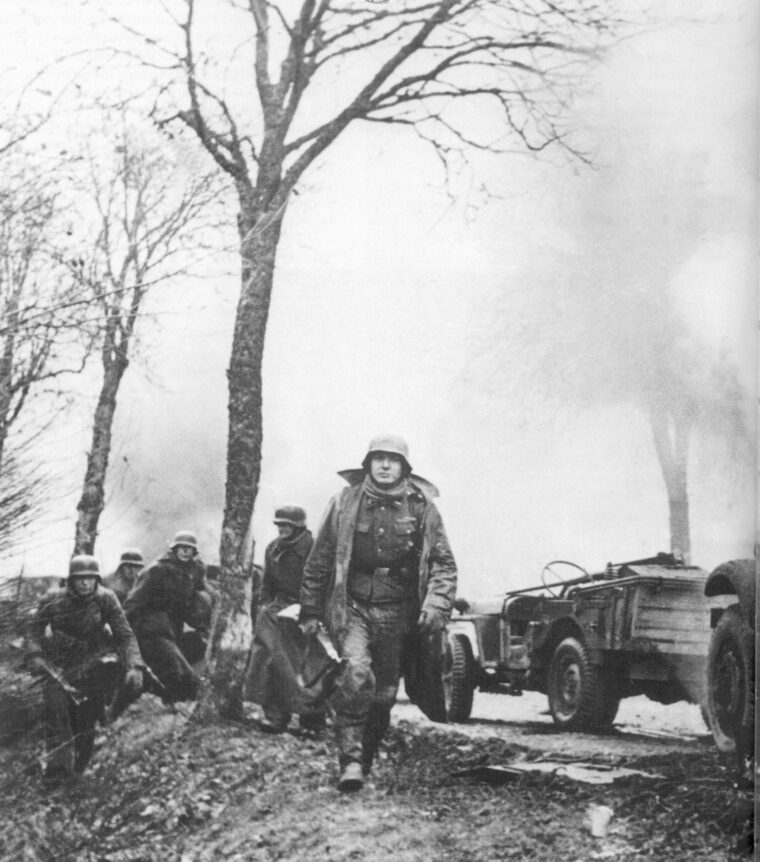
A new weapon required a new method of manufacturing, and the majority of parts for the Mkb42 were produced by a variety of subcontractors and assembled at the main factory. This weapon was also revolutionary in that it was made of stamped and pressed metal rather than the highly machined components of the past. The intended goal was to simplify and streamline production, having all the parts manufactured on parallel but independent tracks, so the completion of one component was not dependent on any other and did not impact the production line.
Problems coordinating these vendors led to initial underdelivery by Haenel in accordance with the contract specifications, but these issues were soon resolved. Runner-up Walther joined in production of the weapon, and by February 1943 the powerhouse team exceeded the quota of 1,000 weapons per month by 217. The initial idea to fit the weapons with a bayonet lug was discarded as unnecessary and time-consuming.
Walther, however, was not finished with its contribution to the new weapon. It was decided after some trials to replace the original open bolt striker pattern of the Haenel design with the more effective hammer-fired trigger system of the Walther design. This further refinement now allowed the Mkb42 to be fired from a “closed bolt” position, because with the integral spring-driven striker the bolt no longer relied on forward momentum to drive the firing pin into the chambered cartridge. This kept the bolt closed at all times except when firing, thus protecting the chamber from the elements. An ejector-port cover was added for additional protection. It was spring loaded and popped open upon cycling of the bolt. This feature is one of the most recognizable carryovers to the M-16/M2 rifle. After these further modifications, the weapon was renamed the MP-43, or Maschinen Pistole 43.
Produced Behind Hitler’s Back?
The favorite myth of the MP-43 is that it was developed behind Hitler’s back and that it was accepted only after trials on the Eastern Front had troops clamoring for it. This tale is based in some partial truths.
Having fought in World War I, Hitler was a traditionalist and favored the reliable and accurate Mauser rifle. He was also a major advocate of the previously mentioned standardization theory of munitions manufacture. These two notions flew in the face of the assault rifle concept. Thus, while the development program was not hidden from Hitler in the literal sense, the weapon’s initial designation of Karabiner (carbine) shared the same nomenclature as the standard bolt-action Mauser infantry rifle, the Kar98 or Karabiner (18)98, and on the surface was meant to appear as an attempt to improve the K98 rather than to develop a whole new generation of weapons.
Even upon its eventual evolution from the Mkb42, the fear of revealing the true nature of the project was evident in the designation of the radically different new design as a Maschinen Pistole (machine pistol) as it was known that Hitler approved of the MP-40 submachine gun. The MP-43 was obviously neither rifle nor submachine gun, but a deadly spawn of both. Weighing in at a hefty 13 pounds, the MP-43 boasted an effective range of 600 meters, a rate of fire of 500-600 rounds per minute, and a muzzle velocity of 2,200 feet per second.
The first test in battle for this new weapon is often attributed to the defenders of the Kholm Pocket in February 1942, but in fact no Mkb42 had yet been delivered, let alone the MP-43. This was most likely the Gewehr 41 semiautomatic rifle. The first true field test of the newly designated MP-43 came in the spring of 1943 when troops of the SS Division Wiking were armed with it. The gun was an immediate success, displaying an impressive combination of firepower and controlability.
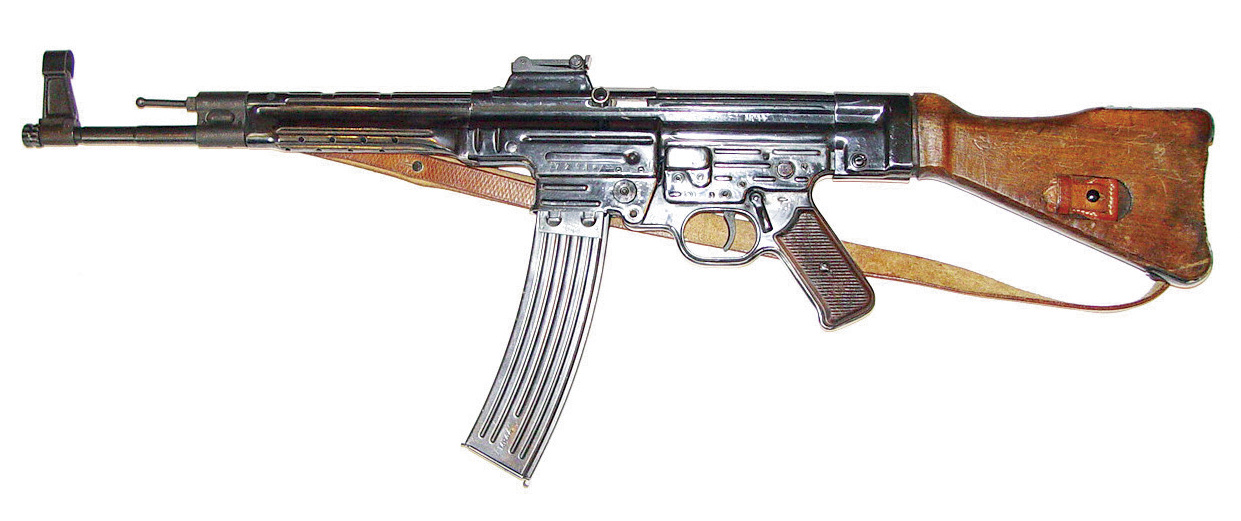
The story that Hitler jumped for joy at the reports from his generals about the performance of this revolutionary battle implement, and in his glee immediately dubbed it Sturmgewehr, is also a falsehood. Ever skeptical, Hitler canceled development of the MP-43 and sought the opinion of frontline troops before authorizing limited production in late 1943.
Even though the weapon, now officially christened MP-44 Sturmgewehr (although there was no functional difference from the MP-43), was produced until the end of the war, these initial authorization delays, coupled with recurring manufacturing and supply problems, assured that great enough quantities of the weapon would never be delivered to influence the fighting on any front.
Krummerlauf and Vampir
As with many of their inventions in World War II, the German high command sought to diversify the combat applications of the MP-43/44 as well. A small research and development industry of sorts sprang up around creating accessories that would allow the MP-44 to be used in a diverse number of situations. Probably the most bizarre of these inventions was a device known as the Krummerlauf, or “bent barrel.” This was a piece of calibrated steel tube that attached to the muzzle of the weapon and curved at a 30- or 90-degree angle. The deformity of the bullet coming out of the 90-degree version of the Krummerlauf degraded its performance and velocity to the point where it was deemed ineffective, but the 30-degree version went into limited production. The device was also fitted with a periscope. Its purpose was not readily apparent to the rare enemy who encountered it.
The Krummerlauf was thought to be intended for street fighting, as the user could ostensibly see around corners in an urban environment. The truth is a little different, but not surprising. Considering the German reliance on armor in their order of battle and their experience with Russian antitank tactics on the Eastern Front, the Krummerlauf was actually designed to provide a way for the infantryman to fire his weapon from within the confines of an armored vehicle and to have a short but clear field of vision while doing so. The angularity of the firing device was intended to make it effective for sweeping an attacker off the outer hull of a vehicle, as the Germans had experienced Russian soldiers lying in wait and climbing on tanks and other vehicles to attach explosives. Hence, the bullet not only had to have a very short effective range, but a very unusual trajectory.
Another revolutionary development that is now a staple of modern combat was the a night-fighting system designed for the MP-44. Nicknamed the Vampir, the cumbersome infrared targeting scope would allow the soldier to extend his combat operations to any hour of the day. The system consisted of a battery carried in a backpack configuration, a telescope (or sniper scope), and an infrared searchlight. While the Vampir system reportedly saw use in the waning months of the war, it was never widely distributed, and sources indicate that only some 300 of these units were made.
Some more mundane accessories included sniper scopes and grenade launchers, which were employed to varying degrees of success, but it was found that the weapon functioned best when unimpeded and allowed to perform the task for which it was designed. Shortages of such necessary accessories as ammunition, magazines, magazine pouches, and slings and cleaning kits, which had been manufactured in abundance for prewar guns, plagued the users of the MP-44.
An Influential Weapon System
Despite its limited proliferation (only about 80,000 were made) and its abbreviated combat life, the MP-44 nevertheless holds a historic place in firearms development as the world’s first select-fire assault rifle, not to mention the precedent it set as a weapons system. Although denied by Anton Kalashnikov, its influence on the design of the AK-47 assault rifle is readily apparent, and the MP-44 can still be found serving in many African and Middle Eastern armies and militias to this day.
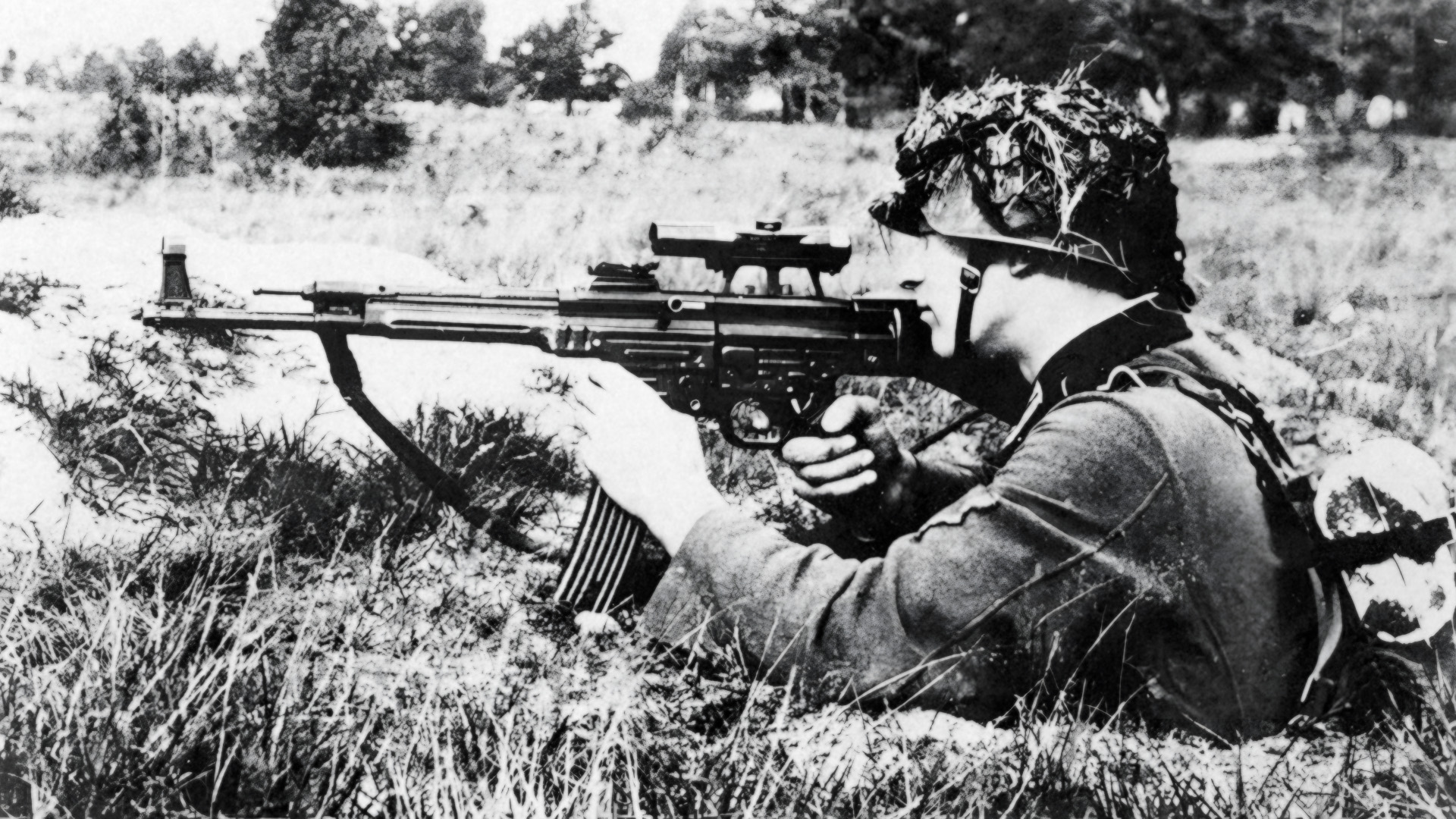
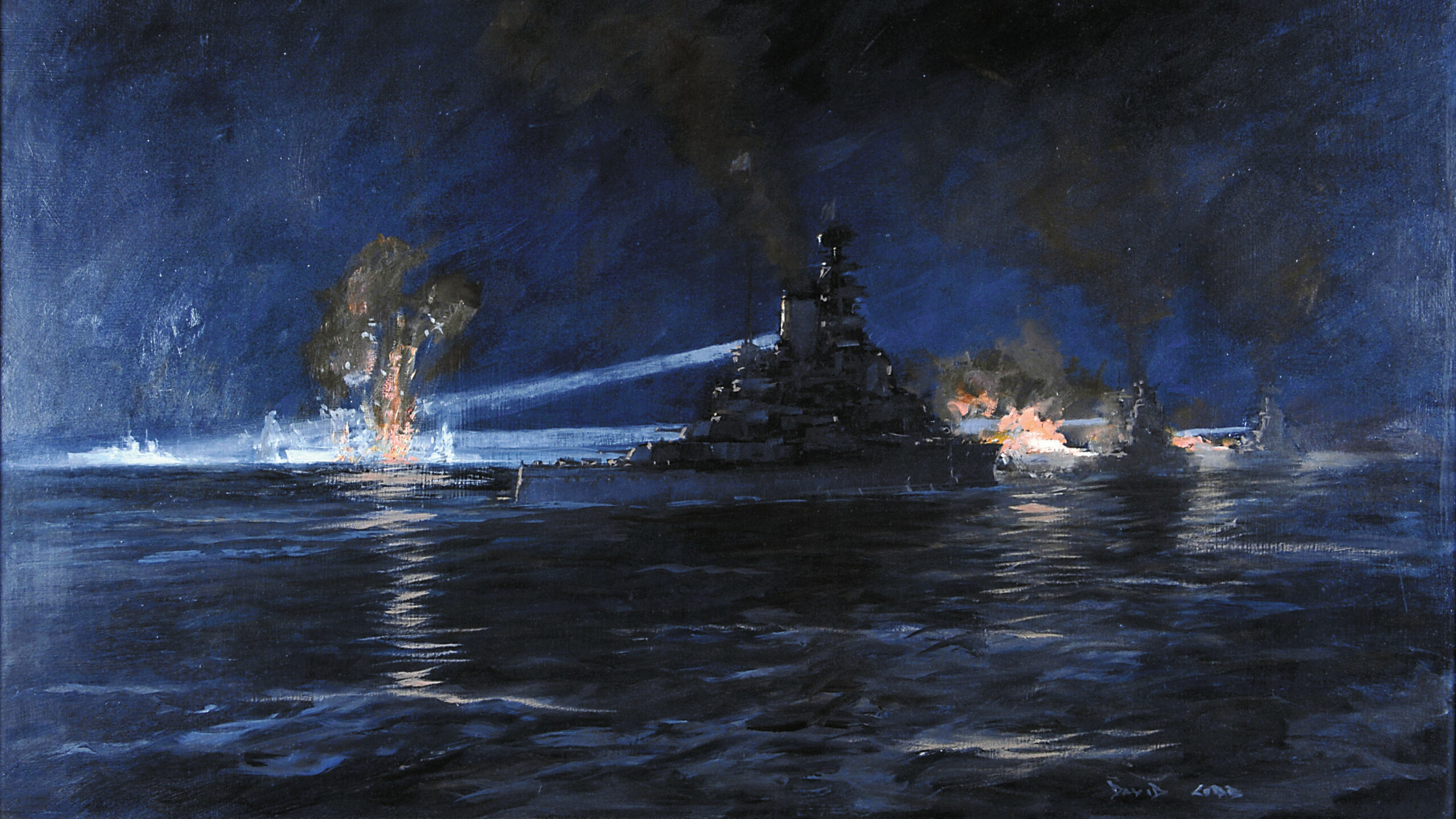
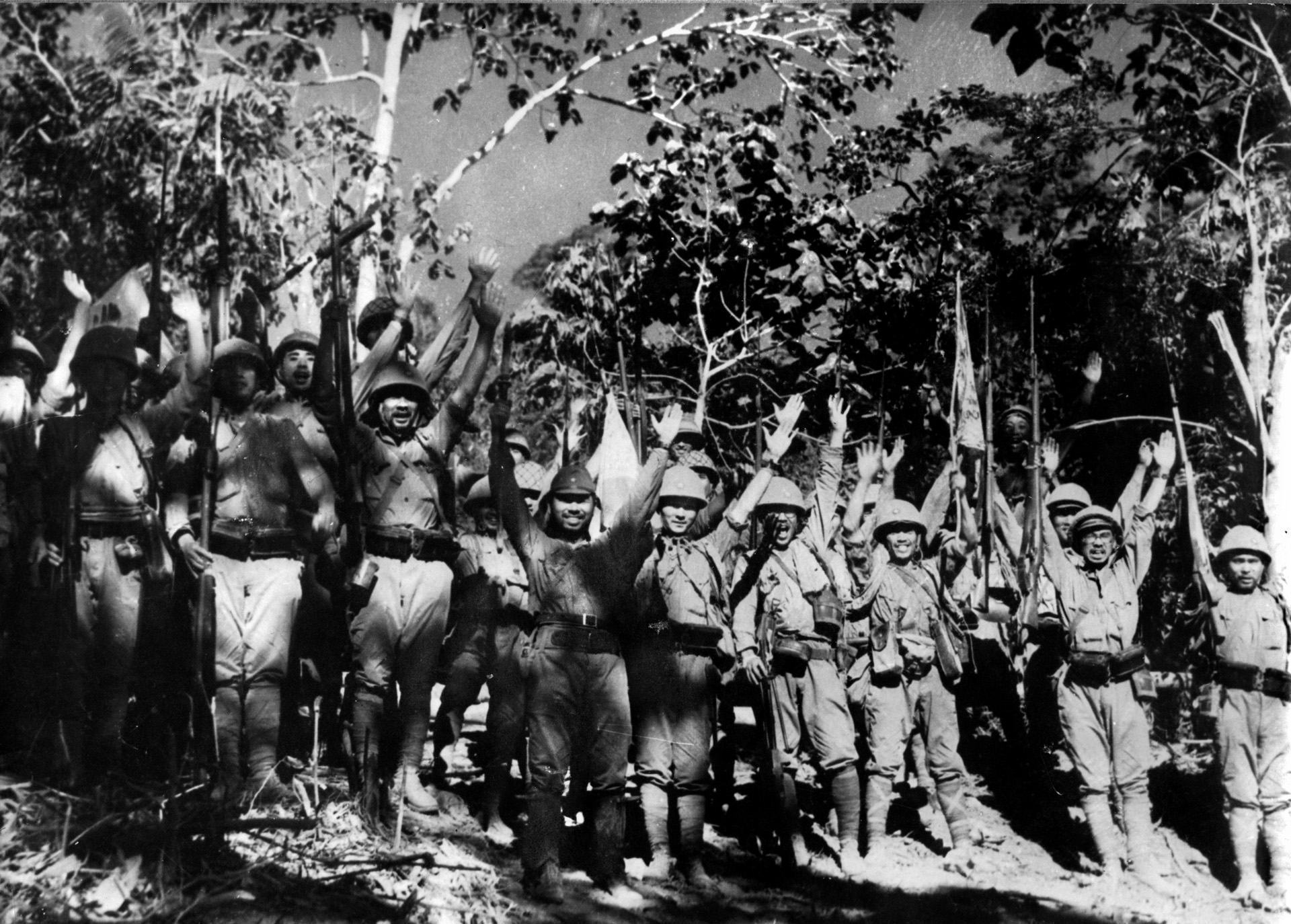
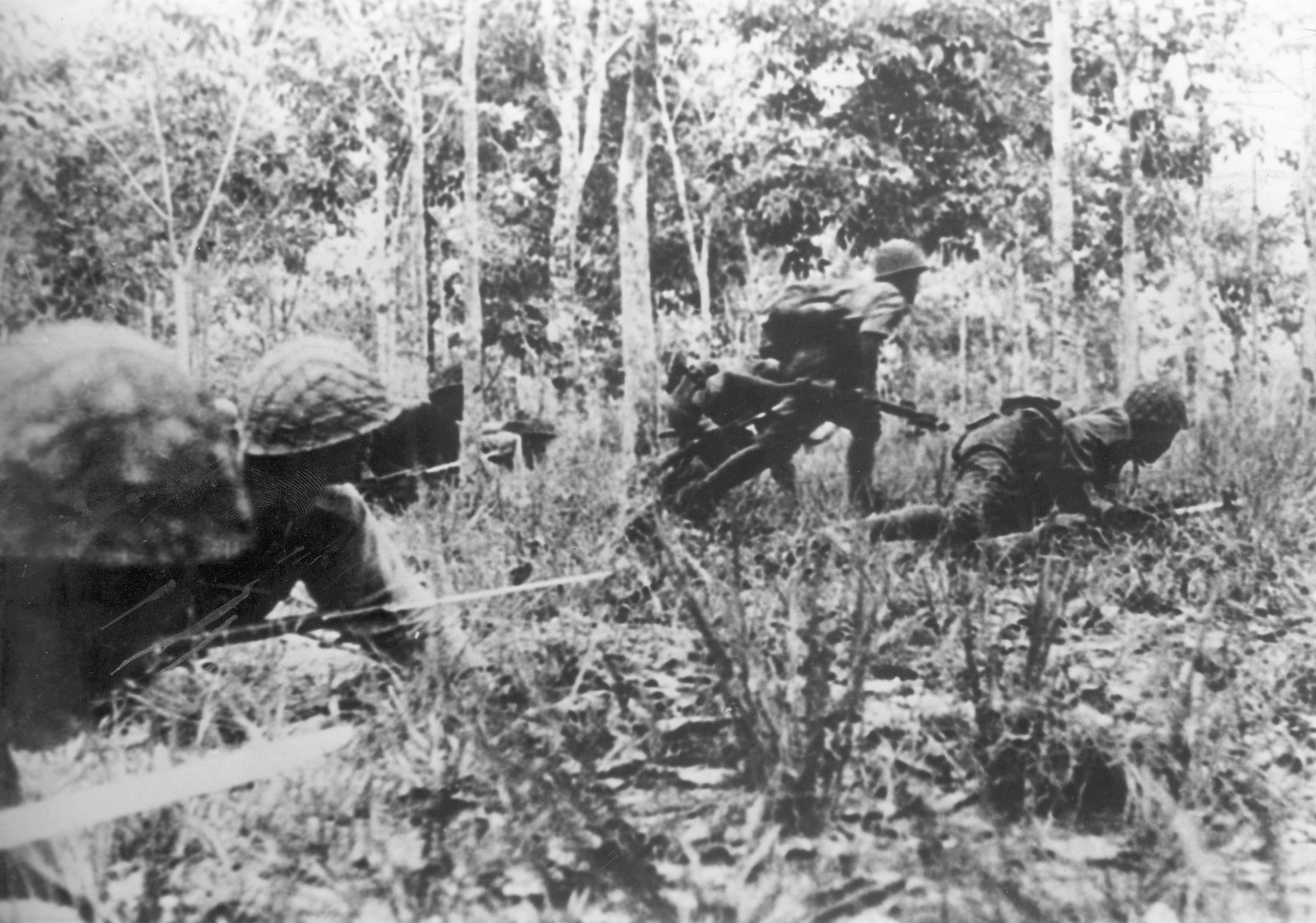
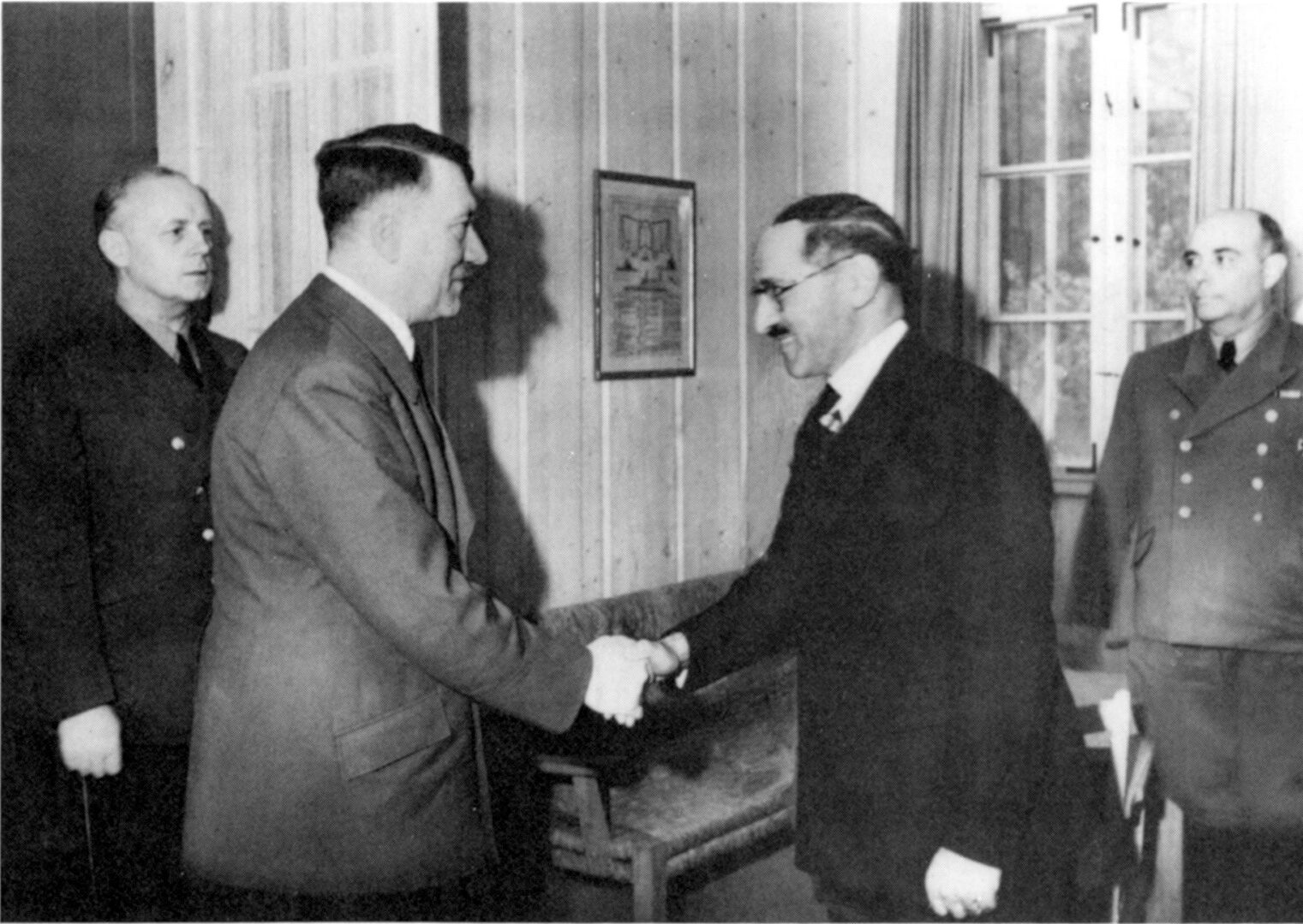
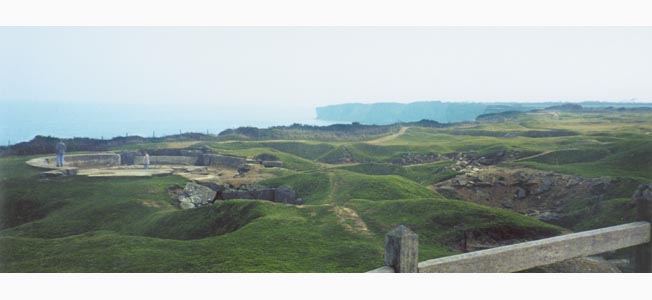
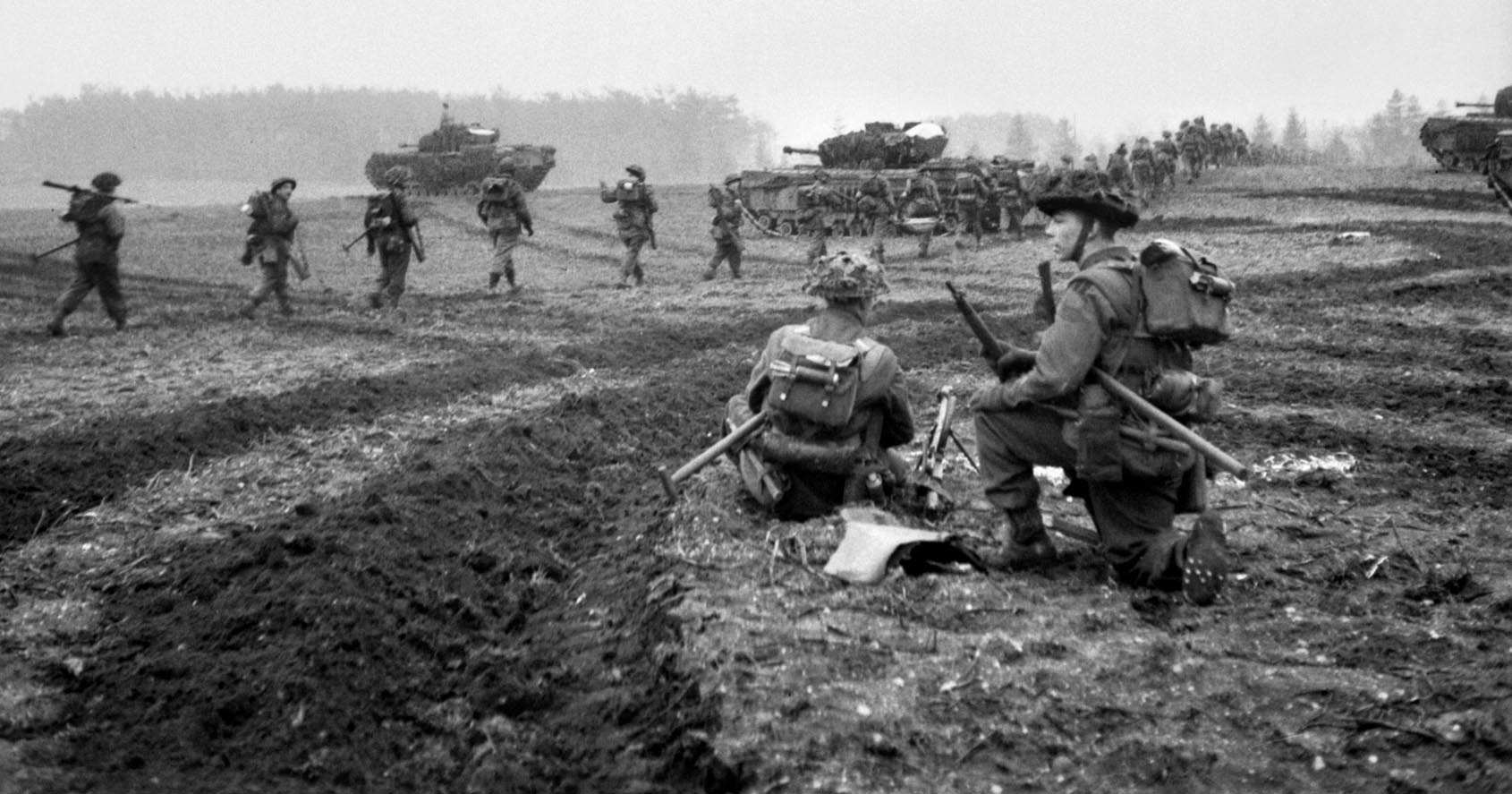
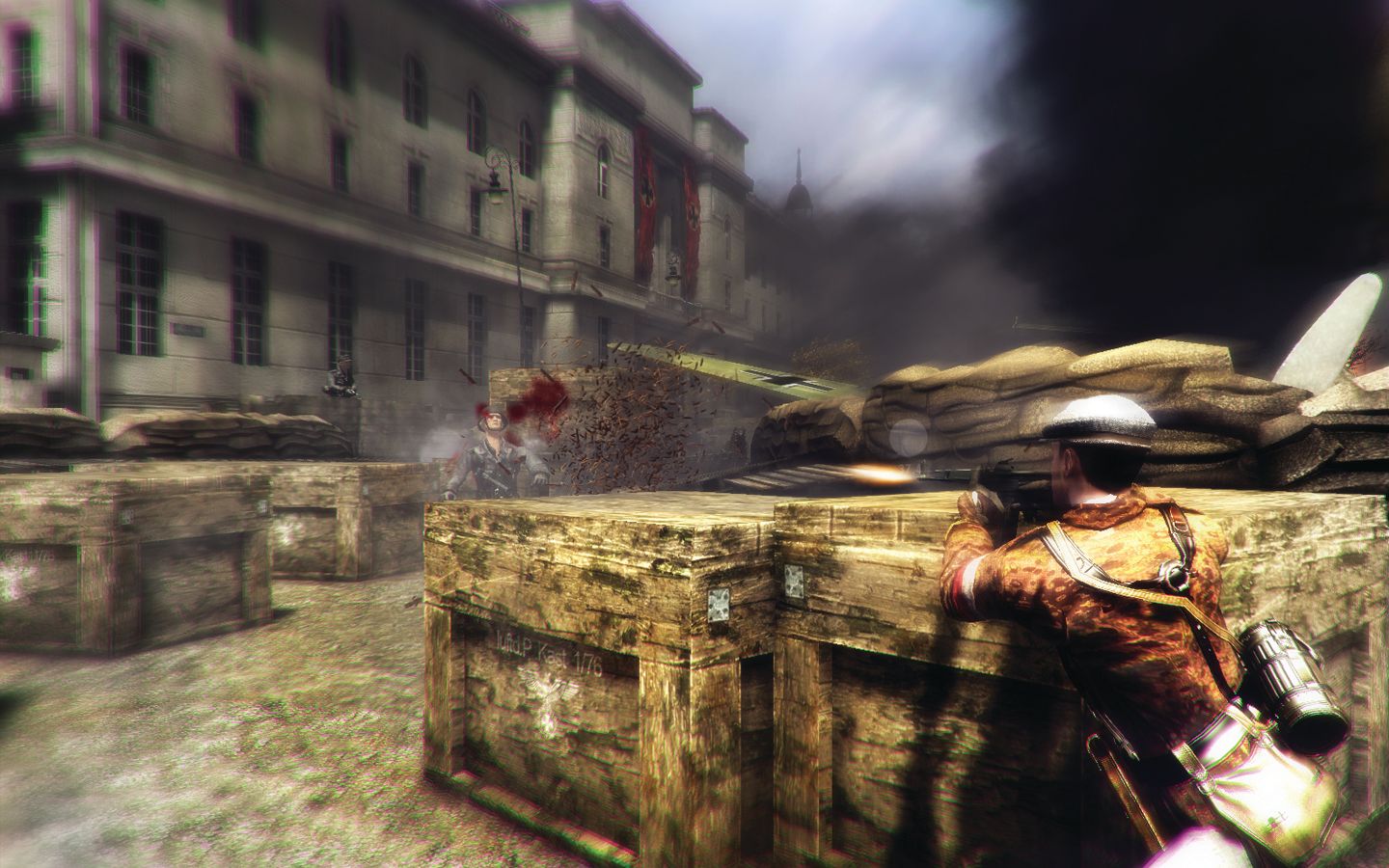
Join The Conversation
Comments
View All Comments